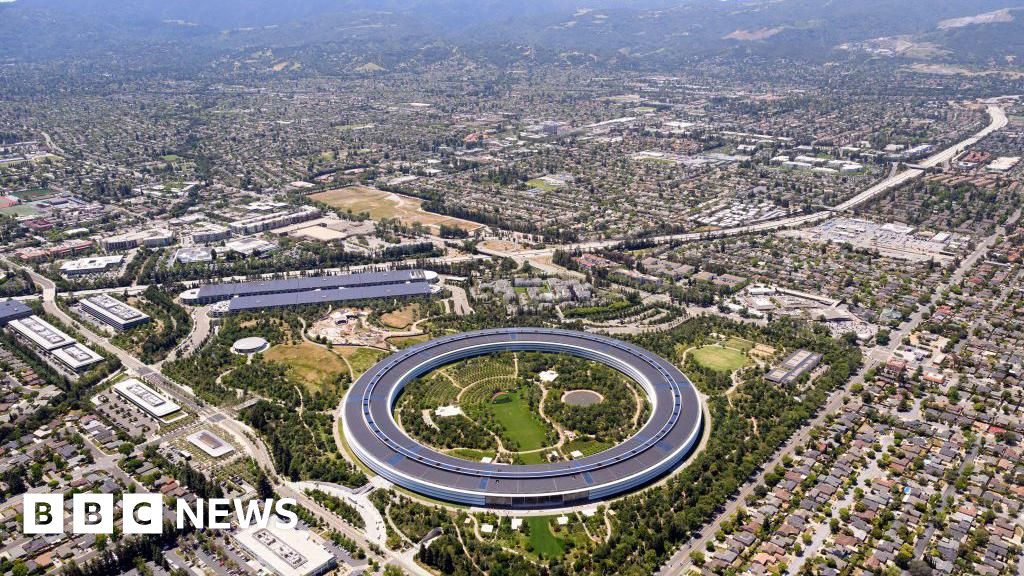The AI Bubble: Insights from Silicon Valley
The Rising Concerns in AI Valuations
At OpenAI’s DevDay this week, CEO Sam Altman made headlines for a reason that feels increasingly rare among tech leaders: he faced and answered questions from reporters. In a world often characterized by ambiguity and corporate speak, Altman openly acknowledged the complexities surrounding the value of AI ventures. "I know it’s tempting to write the bubble story," he remarked, flanked by top executives. His candidness was not just refreshing; it echoed a growing sentiment in Silicon Valley regarding the rapid inflation of AI company valuations.
With promising innovations emerging every day, skepticism looms larger than ever. Investors—both seasoned and new—are wondering: Are AI companies genuinely worth their skyrocketing valuations, or are we witnessing another wave of "financial engineering" reminiscent of the dot-com era?
The Perception of Overvaluation
As the discussion around AI intensifies, critics within the tech community are not holding back. They assert that the current valuations of AI startups and tech firms are exaggerated, lacking a stable foundation. Even Altman himself indicated that while he sees "something real happening" at OpenAI, he also recognizes that "silly start-ups" may secure funding with eye-popping valuations without a viable plan for sustainable growth.
Prominent institutions like the Bank of England and the International Monetary Fund have raised red flags, with industry titans like JP Morgan’s Jamie Dimon suggesting a more prudent outlook: “the level of uncertainty should be higher in most people’s minds.” In the heart of Silicon Valley, where the spirit of innovation thrives, these concerns signal a turning tide in investor sentiment.
Historical Context: Learning from Past Bubbles
Veteran entrepreneur Jerry Kaplan, who has survived four tech bubbles, expressed heightened anxiety about the current landscape. He argues that the sheer volume of financing in AI dwarfs previous technological booms, including the infamous dot-com bubble. "When [the bubble] breaks, it’s going to be really bad, and not just for the people in AI," Kaplan cautioned. His warning reflects a broader concern that a potential collapse could drag down entire sectors of the economy.
The Difficulty of Timing Bubbles
Adding to the complexity, thoughts from Esther Admati, a professor at Stanford Graduate School of Business, suggest that determining whether we are indeed observing a bubble can be as elusive as timing the stock market. Even financial models fall short in accurately pinpointing the markers of boom and bust. As she puts it, “It is very hard to time a bubble, and you can’t say with certainty you were in one until after the bubble has burst.”
Despite the bubbling uncertainty, the data speaks for itself. AI-related enterprises have accounted for a staggering 80% of the gains in the U.S. stock market this year. This meteoric rise is not just a passing phase; industry analytics predict AI spending will soar to an astonishing $1.5 trillion by the end of 2025.
The Intricate Landscape of Deals
OpenAI’s prominence in the AI landscape also brings scrutiny to its business dealings. Recently, the company struck a $100 billion deal with Nvidia, a recognized titan in chip manufacturing, further entwining their fates. This partnership involves building data centers powered by Nvidia’s advanced chips, showcasing the tight interdependency among AI companies and tech conglomerates.
Furthermore, OpenAI’s venture includes significant investments in AMD, signaling its intent to bolster its technological backbone. The intertwining of financial commitments across various firms raises eyebrows about the overall health of the industry. As historic partnerships bloom, so do questions regarding the sustainability of such interdependencies.
Circular Financing: A New Concern?
Terms like "circular financing" or "vendor financing" are becoming common in discussions about relational investments between AI companies. In essence, this is where a firm invests in or lends to its customers to ensure ongoing transactions—raising alarms about the legitimacy of perceived demand. Altman concedes that investment loans are unprecedented. Yet, he also asserts that rapid revenue growth is equally unprecedented.
However, this raises critical concerns about foundational stability. OpenAI is growing rapidly but still operates at a loss, similar to historical precedents like Nortel, which controversially financed customer purchases that inflated demand.
Signs of Trouble on the Horizon
Kaplan identifies several signs that point to possible impending trouble for both the AI sector and the broader economy. In bullish markets, announcements of expansive initiatives often occur without adequate capital backing. Retail investors are clamoring for stakes in these high-flying startups, but as Kaplan notes, physical infrastructure is being built at an alarming pace—data centers designed to support a seemingly insatiable AI development appetite.
These ambitious constructions, situated often in remote regions, pose ecological risks, leading Kaplan to express concern over a potential future where infrastructure remains abandoned. The blending of economic uncertainty and environmental implications complicates the overall narrative.
A Silver Lining?
Despite the doomsaying, there’s a glimmer of hope emerging from Silicon Valley. Jeff Boudier from Hugging Face noted that investments made today could ultimately yield transformative technologies for tomorrow. He argues, “The internet was built on the ashes of the over-investment into the telecom infrastructure of yesterday.” Should the current demand for AI workloads eventually stabilize, he believes the future could still be promising.
Yet, the reality persists: questions about the sustainability of investment levels loom large. With Nvidia appearing to be one of the last heavyweights able to invest significantly, discussions turn to whether other sources of capital can be relied upon. As Boudier puts it: “Who else has the capacity right now to invest $100 billion in another company?”
Whether through soaring valuations or messy financial entanglements, the narrative surrounding AI development is a dynamic one, within which both optimism and caution are vital to navigate. The unfolding saga continues and where it leads, remains yet to be seen.



